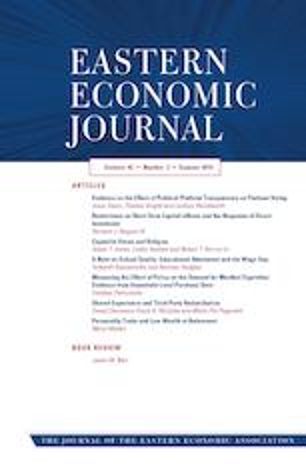Publication
Do Vouchers Protect Low-Income Households from Rising Rents?
Economists generally favor the Housing Choice Voucher (HCV) program as a tool to help low-income households manage rising rents. Yet some question whether such a tenant-based subsidy can adequately protect low-income households and help them stay in their homes and neighborhoods as markets tighten, vacancy rates fall, and rents rise so rapidly. In theory, payment standards should rise together with metropolitan rents, but payment standard increases may lag actual increases in rent. Further, the increases are not even across space, and local rents in a neighborhood or city may rise more quickly than metropolitan area-wide voucher payment standards. Finally, when rents are rising, voucher holders may face more competition from other renters and have a more difficult time finding homes with affordable rents and landlords willing to rent to them.
Using restricted administrative data on the voucher program from the Department of Housing and Urban Development (HUD), the authors examine whether larger increases in median rents in a metropolitan area are associated with higher rent burdens and higher neighborhood poverty.
In brief, the authors find that vouchers appear to protect low-income households from rising rents. While some models suggest that rising rents in metropolitan areas are associated with a slight increase in rent-to-income ratios among voucher holders in that metropolitan area, poor renters in general see significantly larger increases in rent-to-income ratios. Further, the study reveals little evidence that rising rents push voucher holders to worse neighborhoods.



